By: Kelly O’Connor
Buildings at colleges and universities that are already in place that want to become more sustainable have used retrofitting to their advantage. Retrofitting is “the process of addition of new features to older buildings”. Older buildings in colleges that do not meet sustainability standards decide to add sustainable features instead of completely building new, more sustainable structures. Universities retrofit in many different ways. Some common ways are the adaptation of LED lights or eco-friendly lights, modifications to heating systems, replacing windows for proper insulation, etc. University of North Carolina, Stanford University, and Harvard University are some of the many universities who have taken advantage of retrofitting in order to become more sustainable.
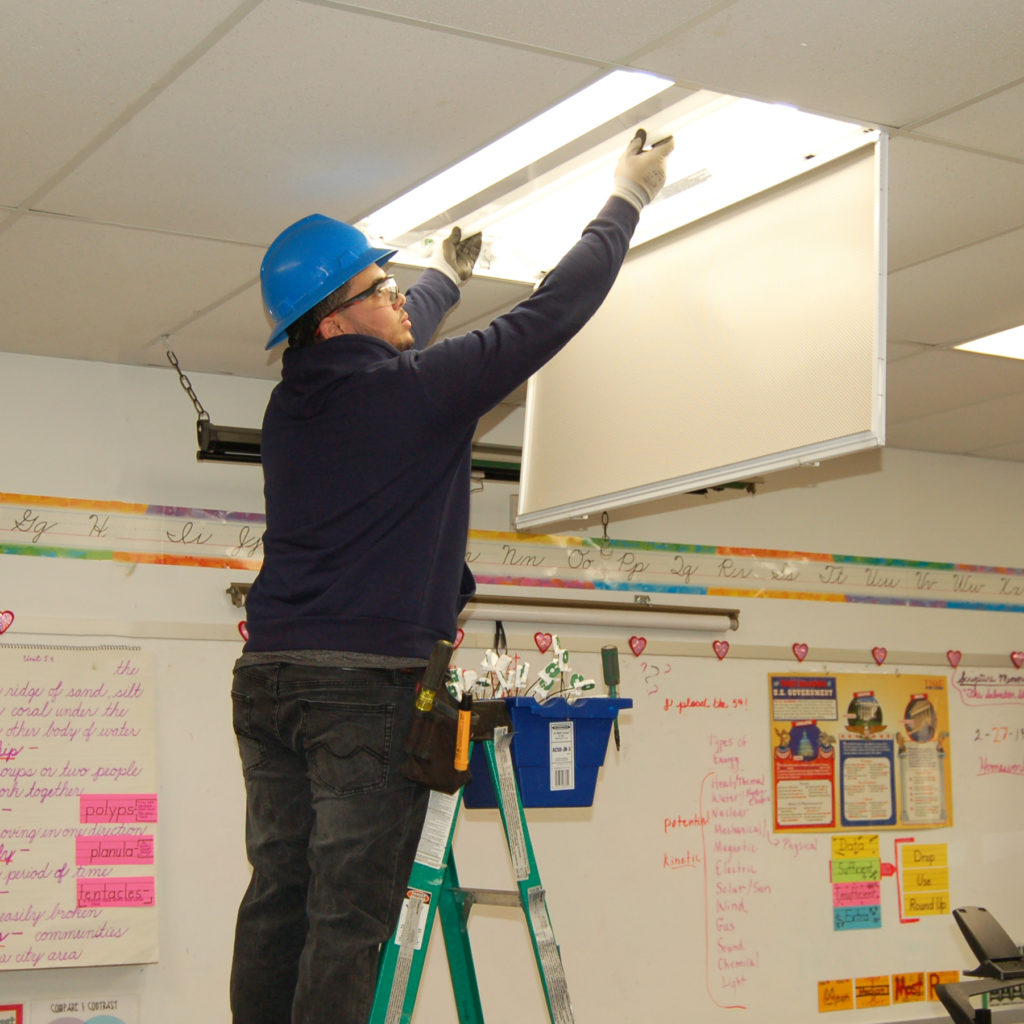
Retrofitting provides long-term cost savings meaning that energy and water use “can be reduced by incorporating new technology, services and equipment over the life of the building” which reduces the running cost of the building in the long term. Additionally, retrofitting increases the comfort and wellbeing by improving thermal comfort. Also, buildings who retrofit have lower greenhouse gas emissions and improved water self-sufficiency without having to disturb the cultural and historic significance of the building.

Stanford University
The Whole Building Energy Retrofit Program (WBERP) at Stanford “seeks to reduce energy consumption in [the universities] most energy-intensive buildings.” Stanfords completed retrofits have already delivered $5.2 million in savings annually and have local utility rebates of $2.2 million. The university has made changes to 27 buildings across campus to make them more efficient and eco-friendly.
Read more here.
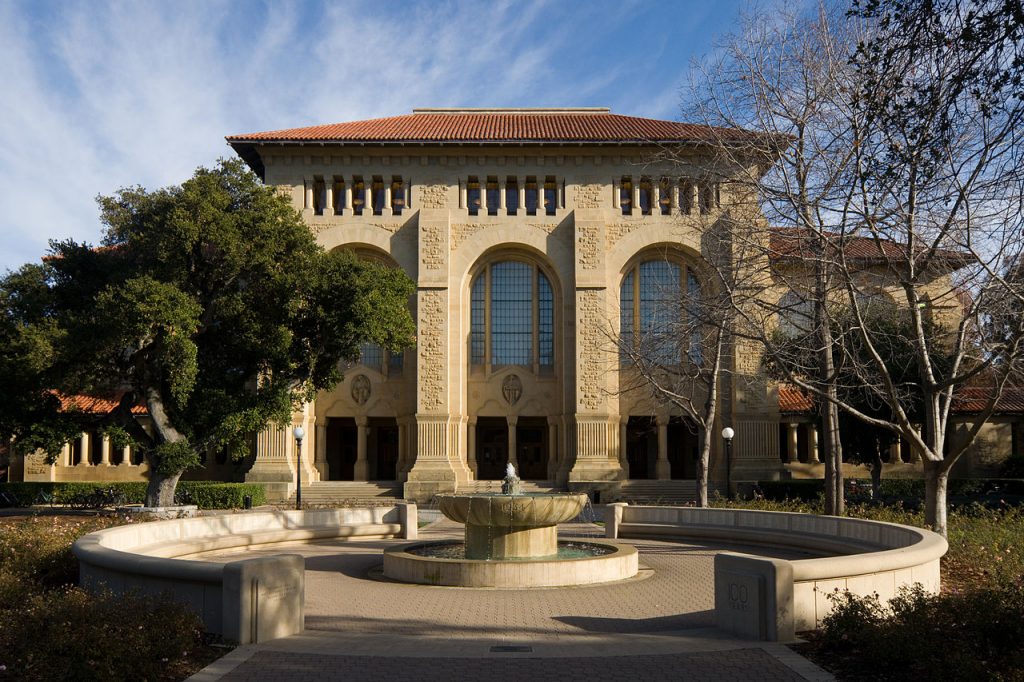
Harvard University
Harvard University has taken steps to become more sustainable by applying changes to existing buildings. The Harvard Center for Green Buildings and Cities is in the process of retrofitting its main building into a zero-energy building. The new ventilation system implemented in the building will use natural forces, such as wind and thermal buoyancy, in order to regulate the building’s indoor climate “based on factors such as humidity, temperature, outdoor weather conditions and indoor CO2 level.”
Read more here.
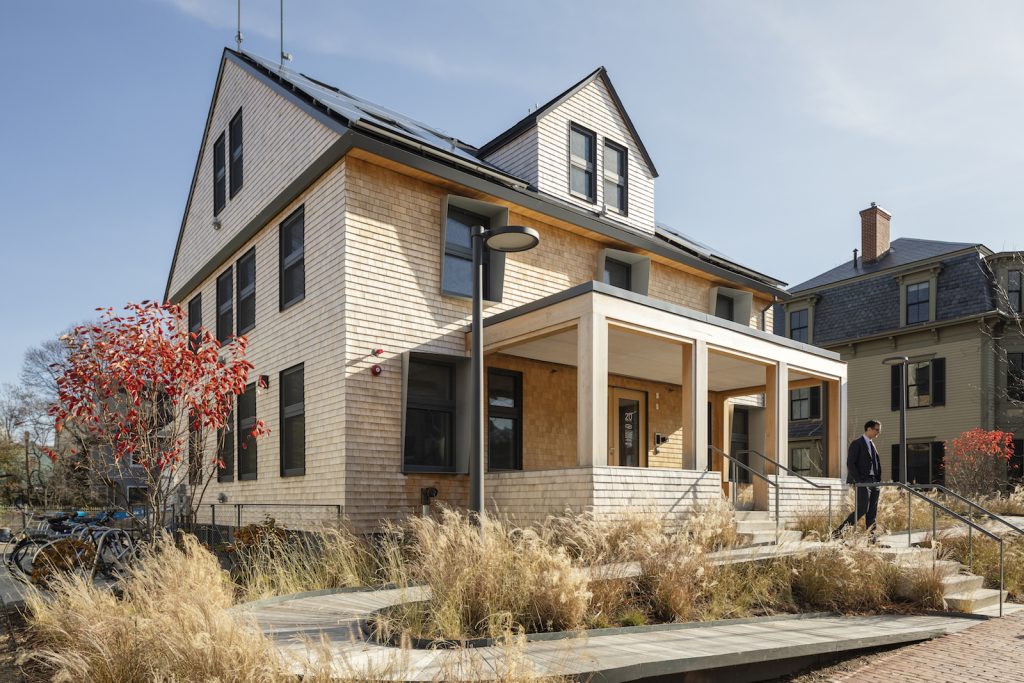
University of North Carolina Chapel Hill
UNC has implimented a program called The Three Zeros that’s goal is to reduce the environmental footprint of the school by obtaining “net zero water usage; zero waste to landfills; and net zero greenhouse gas emissions.” The University has been able to retrofit existing buildings and structures throughout campus to try and reach their goal of getting to zero.
Read more here.
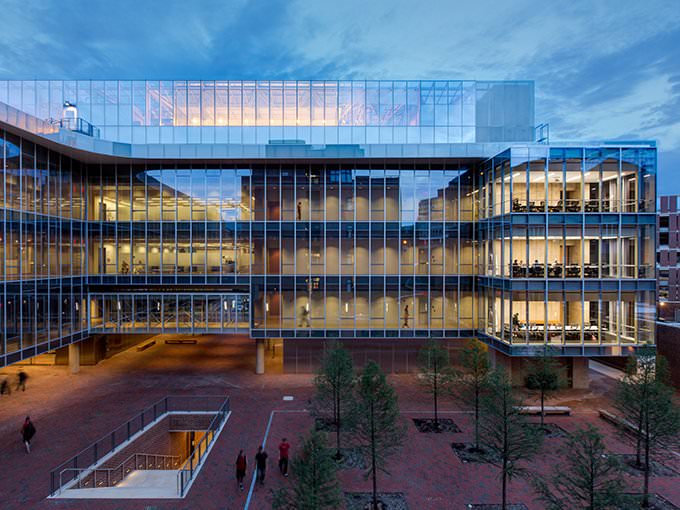
However, retrofitting does have some challenges. First off being that it is expensive and somewhat inconvenient to convert an already existing structure more sustainable. Additionally, the amount of square footage inside the building may decrease depending upon whether there is a reduction due to installation of internal wall-insulation. Retrofitting also requires extensive planning and additional research in order to ensure that the heritage of the building is not going to be destroyed in the process.
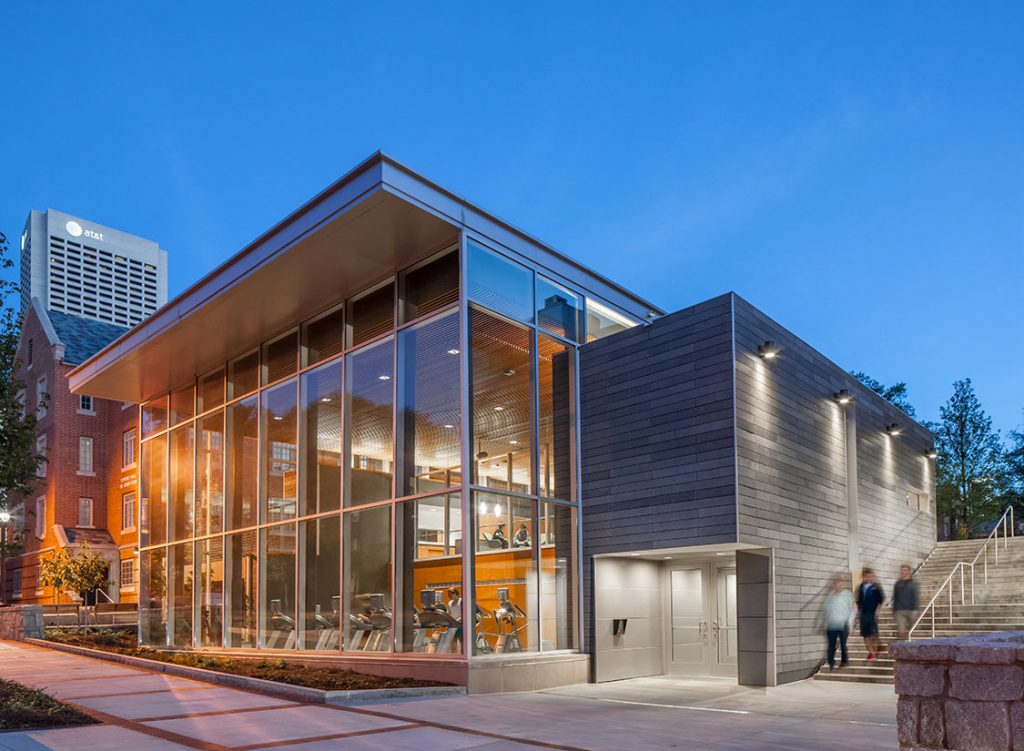
Read more on retrotting here, including the specifics about the universities listed above.